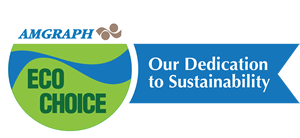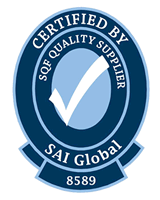“Future Trends in the Flexible Packaging Industry” tackled both tech and societal changes.
A few weeks ago, ExxonMobil presented a webinar called “Future Trends in the Flexible Packaging Industry” that talked about how packaging designers can design with recyclability in mind. While flexible packaging offers many benefits (including reduced material usage and lighter weights) that make it an excellent earth-friendly option, it has had its issues with recycling.
An article on Packaging Digest’s website reviewed the high points of that webinar. According to the article, Glenn Williams, ExxonMobil’s packaging development lead, covered the gains and gaps in flexible packaging by first identifying four trends affecting the market:
- The growth in emerging economies
- Sustainability, especially the move away from single-use plastic
- New purchasing behaviors and expectations
- Emerging technologies including Industry 4.0, Internet of Things, artificial intelligence, and Big Data.
At the heart of flexible packaging growth, Williams said, is the increase in the middle class, especially in fast-growing countries like China. As far as the US and Canadian markets go, he said that the overall driver in sustainability in the flexibles market is for downgauging.
ExxonMobil has completed the initial phase of a plant trial at the company’s facilities in Baytown, TX, using a proprietary advanced recycling process for converting plastic waste into raw materials for production of high-value polymers. According to Williams, “this targets a circular solution for difficult-to-recycle materials” from industrial, agricultural, and construction markets. The article says that ExxonMobil intends to use results from the Baytown trial to scale-up advanced recycling capabilities at other global facilities, targeting a circular solution for converting difficult-to-recycle plastic waste into feedstock for virgin-quality plastic.
Reducing polyamide (a.k.a. nylon) in films is also a goal for ExxonMobil, said Williams. To date, PA in flexible packaging can be reduced up to 30 percent while increasing puncture-resistance. The next stage is to replace PA, which is a significant challenge that includes combining current barriers or using new polymers.
Read Packaging Digest’s full review of this fascinating ExxonMobil webinar on their website here.
Flexible packaging is still a leading trend for manufacturers who want to strike a balance between reduced costs and greater environmental performance. Have you looked into your options in flex packaging? You might be surprised at all the benefits—and as this webinar demonstrated, the technology is getting better all the time. Give us a call at AMGRAPH. We’ll help you find flexible packaging solutions for your toughest challenges.









